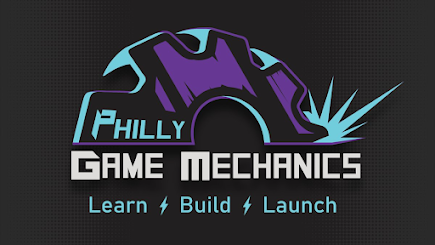Overcoming Challenges in VR Game Development: A Developer’s Guide
Virtual Reality changed the gaming industry when it delivered new gaming experiences for players to fully immerse themselves. VR game development depends on successful solutions for multiple unique challenges because the process is not straightforward. Developers working on game projects must handle several obstacles caused by hardware constraints as well as motion sickness problems while striving to create smooth high-quality gameplay. The short brief examines the chief difficulties faced in developing VR games while offering solutions for effective resolution.
The Hardware Bottleneck
The hardware requirements for VR gaming need to be powerful because they establish how well the system produces virtual reality simulations and keeps gameplay smooth. VR differs from typical gaming because minor frame drops should never happen with this technology since a consistent 90 FPS or higher is necessary to avoid motion sickness while ensuring maximum immersion. VR game development faces restricted market potential because numerous players cannot obtain expensive GPUs and VR headsets.
The implementation of foveated rendering represents a solution for game developers because this technique allows them to direct high-resolution graphics presentation to where the player is looking and reduce GPU resource consumption.
Motion Sickness: A Persistent Problem
Motion sickness stands out as a major development problem in VR gaming because it causes discomfort to about 40% of VR users. The problem occurs when a player perceives something differently from what their body senses. Fast camera activities and rapid perspective alterations alongside low frame rates cause discomfort which makes players discontinue their use of VR games.
The development team can address this problem using well-designed motion mechanics that combine teleportation over unrestricted roaming and steady frame rates. The implementation of "comfort mode" by studios restricts players' field of view during movement to lessen nausea while gaming in VR. 6DoF (six degrees of freedom) tracking found in modern VR devices lowers dizziness because it tracks user body movements naturally.
Creating Intuitive User Interfaces
The display of VR menus and HUD elements needs to avoid traditional 2D screen presentation. The delivery of a poorly designed user interface causes both broken immersion and player frustration so developers require rethinking their user interface design process. The potential user interface methods of hand-tracking and voice commands need prolonged tuning for precise operation.
Developers need to integrate user interface elements diegetically to make menus appear naturally within the virtual game environment. A different approach for health indicators involves wearable displays on players' wrists or using map and tablet objects displayed within the game environment. The developers behind Half-Life: Alyx established superb standards for user comfort in VR games through their approach of placing interaction elements within the virtual environment.
Haptic Feedback and Interaction Challenges
The major strength of VR allows users to interact with real-world elements but developing realistic physical interactions presents significant development challenges. Players anticipate that objects will show natural reactions to their physical contact while VR controllers consistently fail at performing detailed hand operations. The unnatural behavior of a virtual cup upon contact with human hands causes immersion to instantly shatter.
The solution requires developers to optimize their physics engines simultaneously with implementing advanced haptic technologies like Sony’s Sense Controllers involved in PlayStation VR2. Artificial intelligence hand-tracking technology powering Meta Quest 3 allows players better real-world interactions in the gaming universe through more authentic hand movements.
Conclusion
Even with the obstacles in place, the future of VR gaming appears extremely promising. Technological progress combined with developer innovation has been reducing obstacles that prevent the delivery of excellent virtual reality experiences. The future of successful VR game development depends on solving hardware issues while focusing on player comfort, creating better interfaces, and improving real-world game interactions. The upcoming decade will bring an enhanced VR market thanks to massive investments by Meta, Valve, and Sony in this space.




Comments
Post a Comment